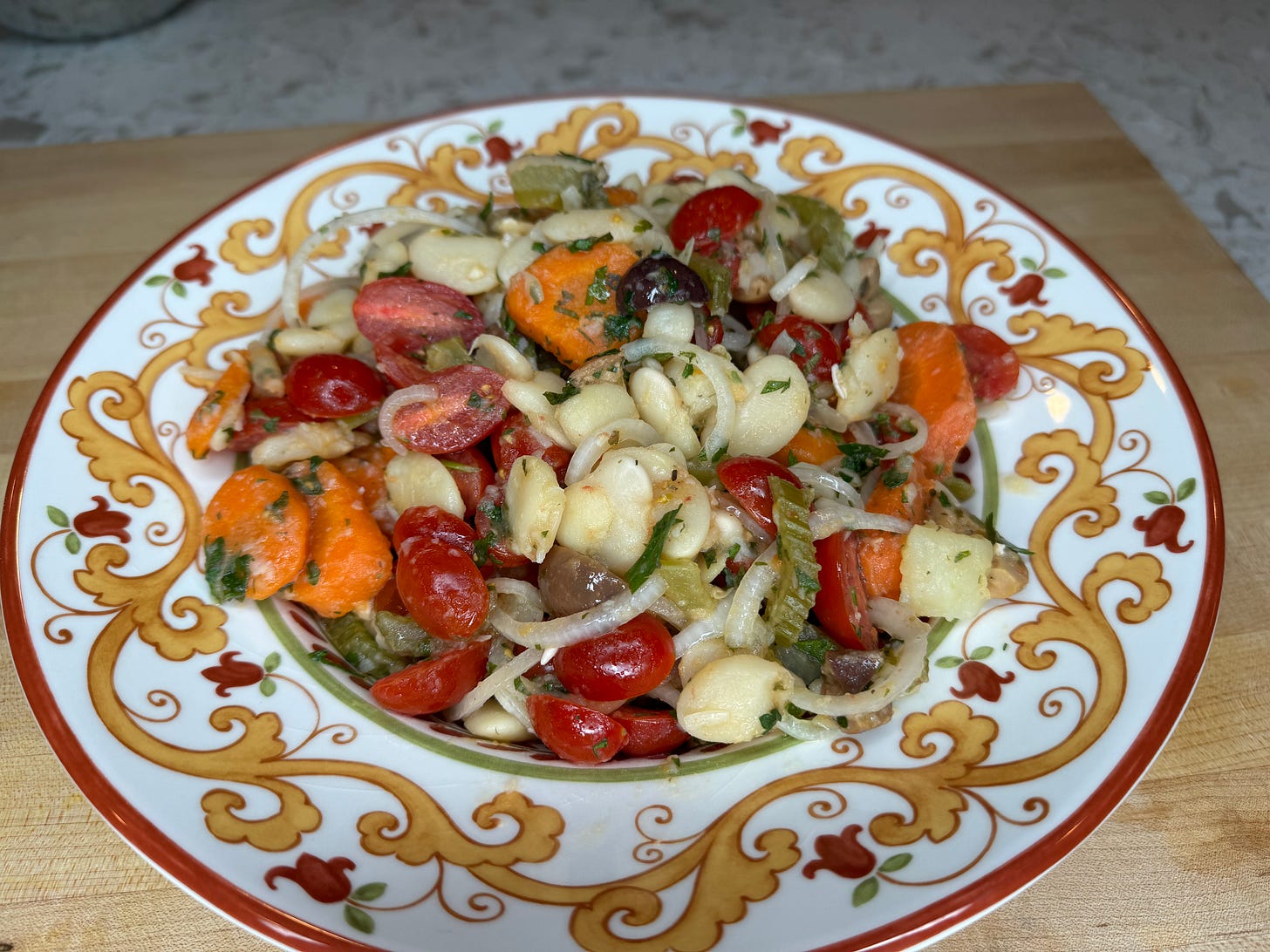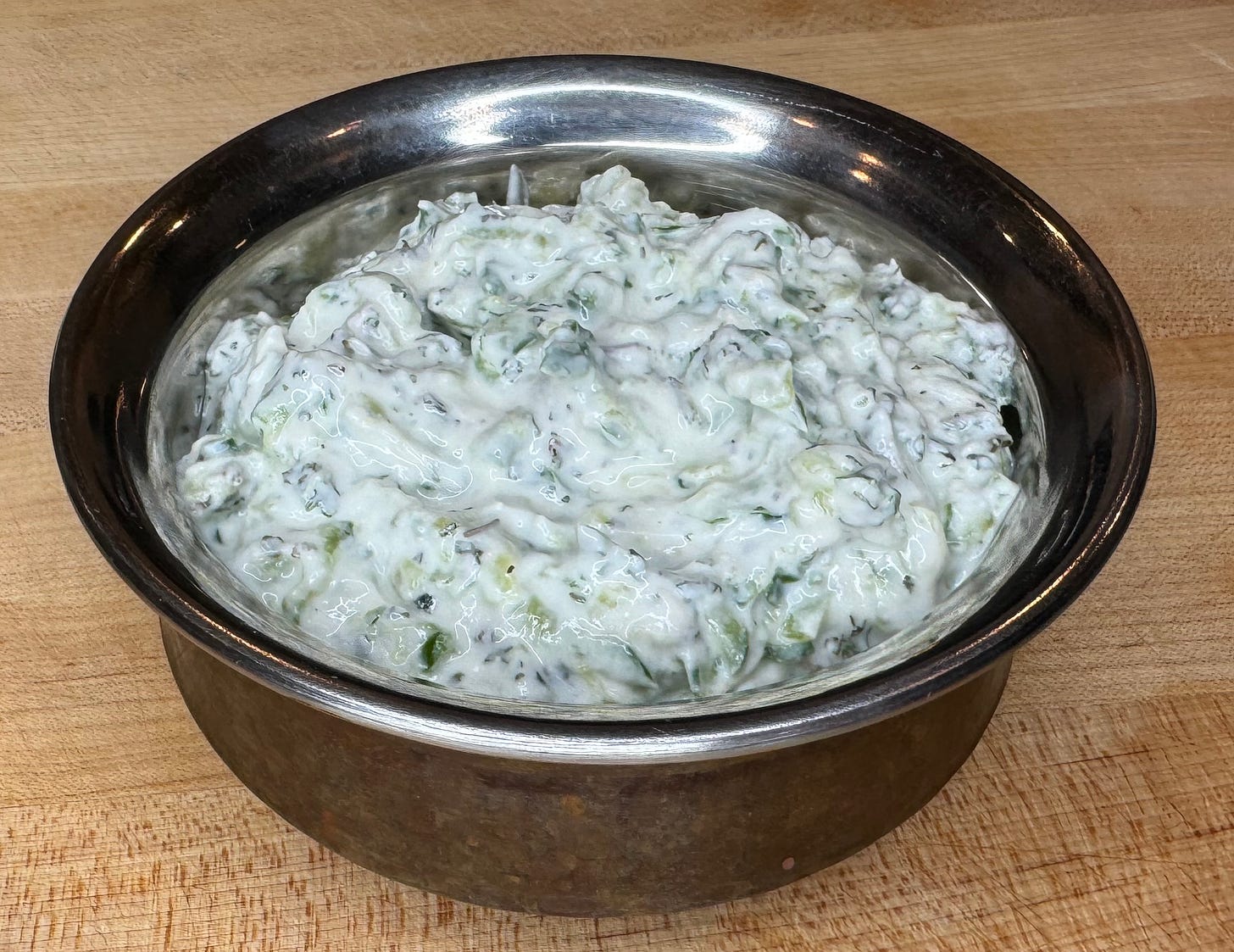Cyprus in your heart
One thing I am learning as I go through each country is just how rich the culinary diversity of our planet is. Even when we think of a cuisine as familiar, we realize that it is an amalgamation of the cultures of the people and region in which the cuisine exists. Some countries are small enough they that become a reflection of the diaspora of nations who settled them, and continue to do so.
When I started this week, I mistakenly thought of Cyprus as belonging to Greece, even though it is a separate country. I specifically selected Cyprus as a fast-follow to Greek Week for that reason. Cyprus is an island country that sits east of Greece, north of Egypt, and south of Turkey. Cyprus was originally settled by the Greeks (hence the confusion) in the second millennium BC. Because of its location, it was (and is) considered strategically important in the region. While it has been occupied and ruled by many different nations, the two countries with the greatest impact on Cyprus are Greece and Turkey. The Ottoman Empire ruled it from 1571 to 1878 and the northeastern part of the island is still under de defacto rule from the “Turkish Republic of Northern Cyprus”.
Since I just spent time exploring Greece, I thought I would specialize a little more this week and focus on this northeastern region and Turkish-Cypriot food. Every recipe this week, excluding the kefte, is from the cookbook Meliz’s Kitchen, by Meliz Berg. I borrowed a copy from the library and highly suggest doing so if you think this type of food is for you. For our exploration, I limited the dishes to those representative of the Cypriot meze. Meze is the practice of serving lots of small dishes, much like Spanish tapas or Italian antipasti and it is often served with spirits such as arak or grappa. I hope you enjoy. I certainly enjoyed my time in the kitchen getting to know this cookbook.
Much of what I made was considered a “Salad”. I suppose that’s true in the sense that they were vegetables dressed in some type of vinaigrette. I’ll start with the one that we would normally consider a salad in the United States.
This fresh green salad consist of romaine lettuce, white (or green) cabbage, cilantro, dried mint, olives, tomatoes, and cucumbers. It is simply dressed with olive oil, lemon juice, and flaked salt. It is very refreshing. One thing that has surprised me with world salads is the fresh use of herbs in the salads, especially mint. This has been common with Greece, Cyprus, and Vietnam. Herbs are sadly underutilized in Western cooking, especially in the US.
The next dish was a beet salad. I LOVE beets. I used to hate them, but somewhere along the years my palate changed and it’s one of those vegetables I could eat all the time. This was a fun one as the recipe called for 1.2 pounds of beets. I found a single beet that was large enough for the entire dish! It did take 2 hours to roast, so if making this yourself, feel free to use smaller ones or even precooked ones that you can get from Costco or Trader Joes. Much like the salad above, this was mixed with herbs and simply dressed with olive oil and lemon juice. Of all of the dishes this week, this was one of the favorites across the entire family.
This bulgur salad was actually made with quinoa. The recipe called for bulgur, which I KNEW I had in the pantry, but alas I was wrong. Thankfully the recipe recommended swapping the wheat out for quinoa for those who are gluten intolerant. I had plenty of quinoa on hand. This was very similar to a French or Moroccan style couscous, with one of the main differences being the addition of Turkish sweet red pepper paste and allepo pepper.
The final salad of the spread was a bean salad. The book uses cannellini beans, which I had tremendous trouble finding dry. I did, however, have a wonderful package of large white lima beans from Rancho Gorda. These are hands down my favorite bean, so I was excited to use them in this recipe. You start by soaking and cooking the beans until they are firm, but done. Add potatoes, carrots, and celery and simmer until everything is cooked through. Finally, mix in the herbs, onions, olives, and dressing. The interesting thing about this recipe was that the vegetables are the exact same as a stew which is also in the book. The author suggests reserving half the vegetables before dressing and using them for the other recipe. I did just that. Below is the salad and the stew that was made from the leftovers vegetables. The stew comes together in less than 30 minutes, so it’s a lovely reprise after spending so much time the day before putting together the meze.
Dips are common in meze. I purchased pita and baba ganoush from the market where I bought everything for this week, but I did make one dip from scratch. This was also a favorite for the week. The combination of the freshness of the yogurt, cucumber, and herbs with the bite of raw garlic was extraordinary.
Before I get to the final dish I made from the cookbook, I decided to put some protein on the table and made kefte. While not Cypriot in origin, this recipe from The Mediterranean Kitchen was excellent and easy. I used half and half beef and lamb.
The final dish I will leave you with this week is halloumi and olive cake. Halloumi is a cheese originating from Cyprus. It’s very salty and has a texture that is “squeaky” against your teeth. The special thing about halloumi is that it doesn’t melt. It will soften, but it never truly melts. It’s perfect for grilling and serving plain or serving in a dish. This cake uses cubes or shredded halloumi both in the cake and sprinkled on top. It reminds me more of a savory corn bread, so you have to think about it being used in that way. It’s great served as a mid-afternoon snack with tea.
I really quite enjoyed this week and getting to learn more about a country I knew absolutely nothing about. After another week of putting fresh herbs, especially mint, in my salads, I might just be hooked. Do you put fresh herbs on your salads? Leave me a comment and let’s discuss!










